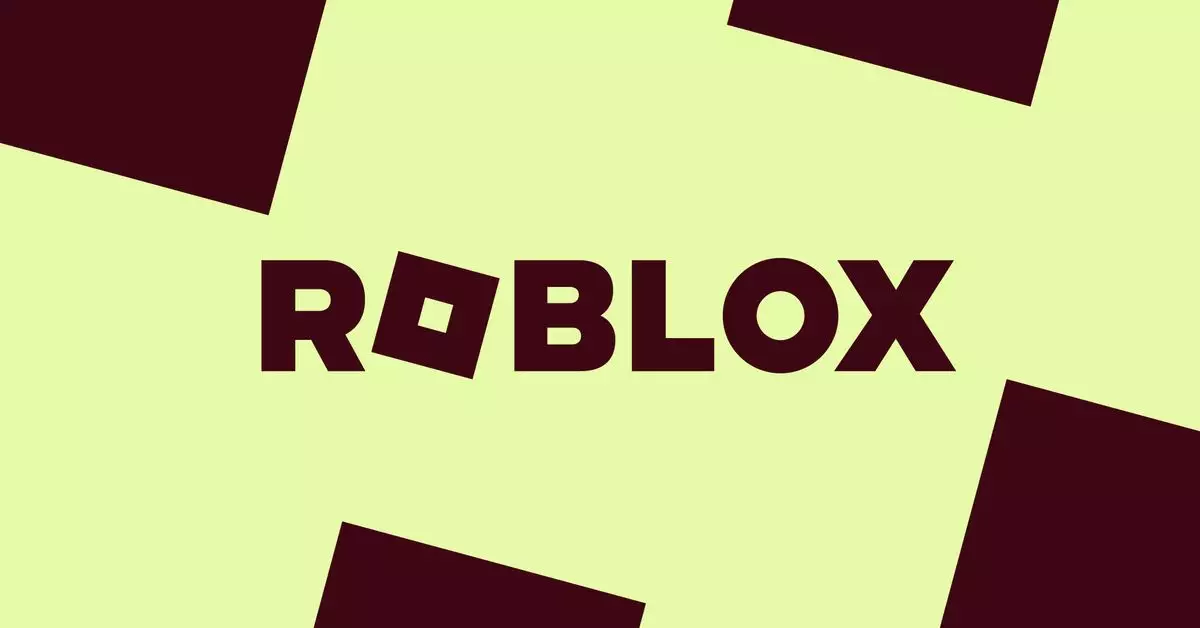As the popularity of online gaming platforms surges, so too has the scrutiny surrounding their safety protocols, particularly regarding child users. Roblox, a leader in the online gaming ecosystem, has recently found itself at the center of this debate. Reports have surfaced revealing alarming incidents of predatory behavior on the platform, culminating in considerable pressure from parents and advocacy groups for a more fortified approach to safeguarding children. Notably, a Bloomberg investigation highlighted the prevalence of predators exploiting the platform’s lax regulations. Countries like Turkey have even taken drastic measures, banning access to Roblox due to perceived inadequacies in its protective measures for young users.
This heightened scrutiny has prompted Roblox to accelerate significant changes aimed at ensuring user safety. The company is integrating new parental controls that not only revise existing permissions but also enhance the overall user experience for children under the age of 13—a pivotal move in response to ongoing concerns about childhood safety online.
In a recent announcement, Roblox outlined a series of measures that will necessitate greater parental oversight, particularly for younger players. Effective next month, users under the age of 13 will be required to secure parental permission to access specific chat features—an initiative designed to curtail potential communications with undesirable individuals. Furthermore, users aged under nine will face additional restrictions, needing parental consent to engage with experiences labeled as having “moderate” content, which could include elements such as mild violence or basic crude humor.
The company will transition from its previous age-based experience guidelines to a new labeling system that categorizes content based on the nature of the experience rather than strictly by age. This nuanced approach is indicative of Roblox’s efforts to provide more clarity for parents and enhance control over what their children can access.
Roblox is also rolling out a new type of account specifically designed for parental management. By linking their accounts to their child’s, parents will gain insights into their children’s gaming habits, including their daily screen time and social interactions with friends on the platform. While this development represents an advancement in parental visibility, it is not without its limitations.
Parents will lose the ability to set a distinctive PIN for account changes and will not be able to place restrictions on chat functionalities. This raises questions about the robustness of the new measures and whether they are sufficient to placate concerned guardians. Roblox’s representatives have highlighted their commitment to providing a safer environment, yet the restrictions imposed could leave some parents feeling less equipped to navigate their child’s online activities effectively.
Despite the potential shortcomings, Roblox’s willingness to adapt and introduce new features demonstrates an effort towards achieving a safer online space for children. Juliet Chaitin-Lefcourt, a spokesperson for the company, expressed enthusiasm about these updates, clarifying that they aim to transform Roblox into one of the safest environments for young users. As the firm takes these critical steps, ongoing communication with parents will be essential. Roblox has pledged to keep parents informed about changes in settings and account privileges, issuing notifications about updates as they roll out.
Nonetheless, the efficacy of these updates hinges upon their implementation. The transition to a content-labeling system may provide an essential framework for understanding what children are exposed to when exploring the platform, but the ultimate success depends on parents’ ability to understand and adapt to these new controls effectively.
As we look ahead, the evolution of Roblox’s policies will likely capture the attention of other gaming platforms, potentially setting a precedent for stricter safeguards across the board. With increasing pressure on tech companies to prioritize user safety, the industry may need to rethink how it approaches child protection and user accountability.
The transformation within Roblox illustrates both the challenges and responsibilities that come with operating a platform primarily frequented by children. While the newly proposed parental controls and content maturity settings signal progress, the road to ensuring a secure online experience is long and requires continued vigilance from both game developers and parents.
The changes being ushered in by Roblox could signify a watershed moment in the battle for online child safety. Nonetheless, effectiveness will depend largely on parental engagement and a commitment from the platform to address any unforeseen concerns that may arise as young users navigate this complex virtual environment.

